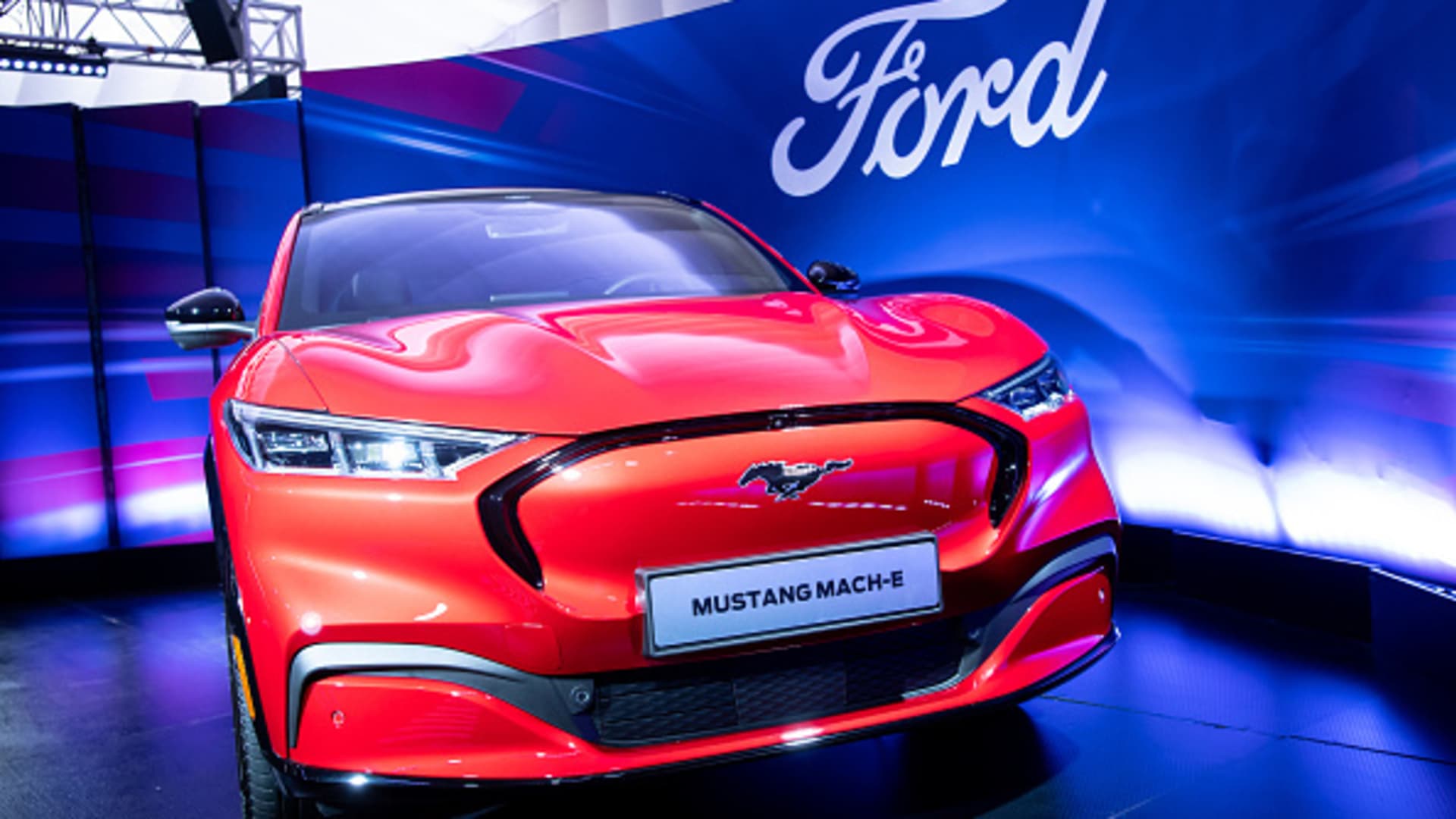- cross-posted to:
- cars@lemmit.online
- cross-posted to:
- cars@lemmit.online
So I was led to believe that EVs were doing poorly a few headlines ago, but maybe its specific to Tesla?
The Detroit automaker Monday reported sales of 174,192 cars and trucks for February. The results included an 81% jump in EV sales and roughly 32% uptick in hybrid models. Sales of traditional internal combustion engines also increased, up 7.5% from the same month a year earlier.
+81% EV sales, mostly Mach-E and F150 Lightning. Hybrids are still doing great at +32% growth.


There was low supply and waiting lists for both the MachE and Lightning for a while after release. My guess is that production increased on these models and dealers got more inventory. I just checked and my local dealer in a fairly large urban area has both in stock.
Hmmmm…
Mach-E is very, very high in supply.
https://caredge.com/guides/fastest-and-slowest-selling-cars-2024
Ford Mach-e is apparently 362 (!!!) days of supply, or nearly a full year. (Ex: If Ford cuts all of production today, it will take roughly a year before all the Mach-e at dealerships sell out).
I dunno what’s going on exactly. I’ll have to dig into more stats.
I’m not surprised. Nobody wants a Mustang SUV. People who buy Mustangs want a real one.
That’s interesting, they are making the Mach-E in Mexico where they previously built the Fiesta so the production capacity is there. It is a $50K+ vehicle and electrics are not practical for everyone yet due to infrastructure.
My understanding is that the Mach-E wasn’t designed to be efficiently manufactured. It was quick response to the rising popularity of the Model Y, and the high margins Tesla was getting for the car. Lots of off-the-shelf parts used which may not be the best fit, but were quickly available. I imagine Ford also has quite a few pollution issues with most of its line up being big trucks, so any EVs it puts on the roads means fewer emissions credits they have to buy.
A future refresh would likely cost much less to manufacture increasing Ford’s margin per unit.